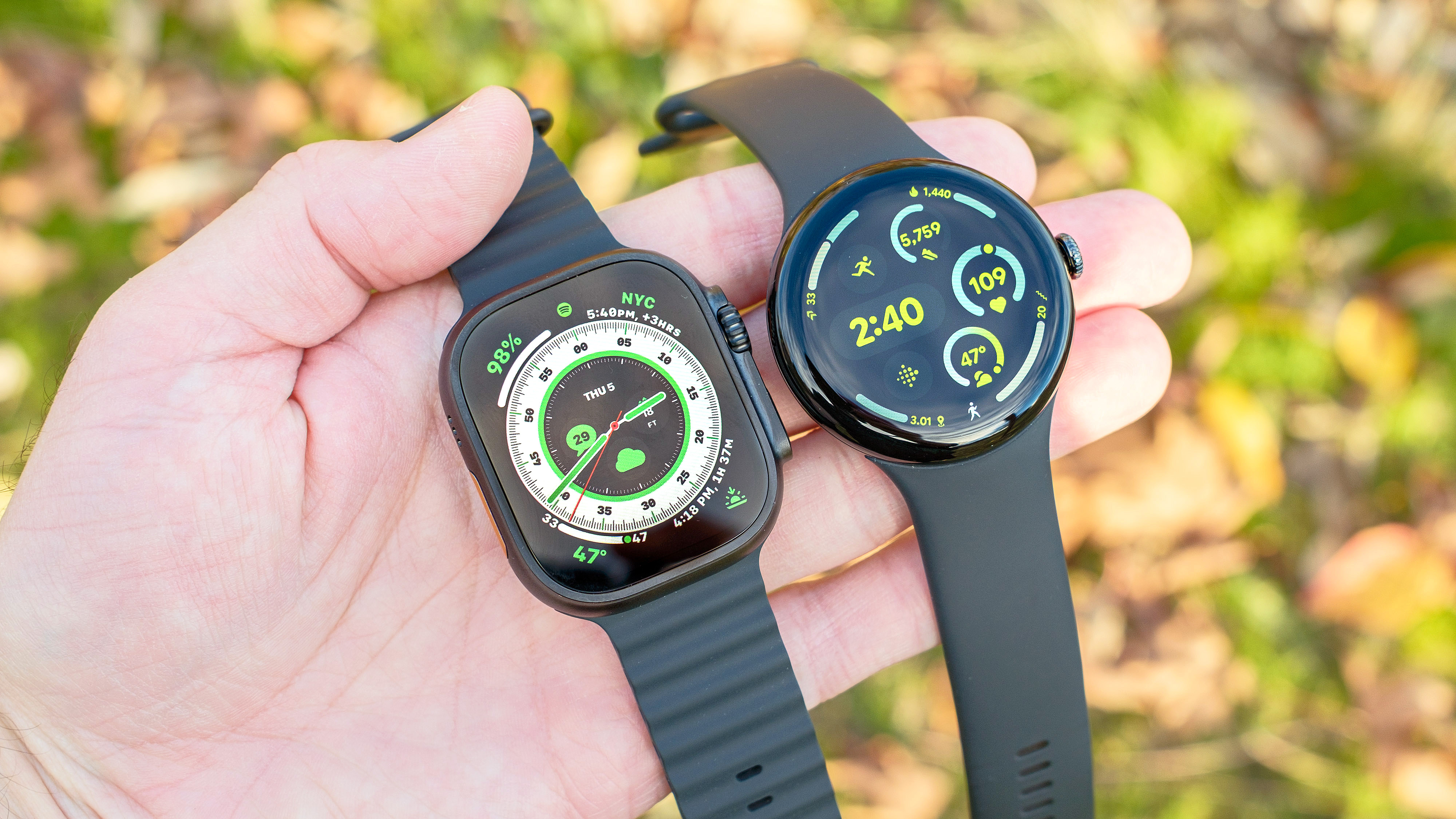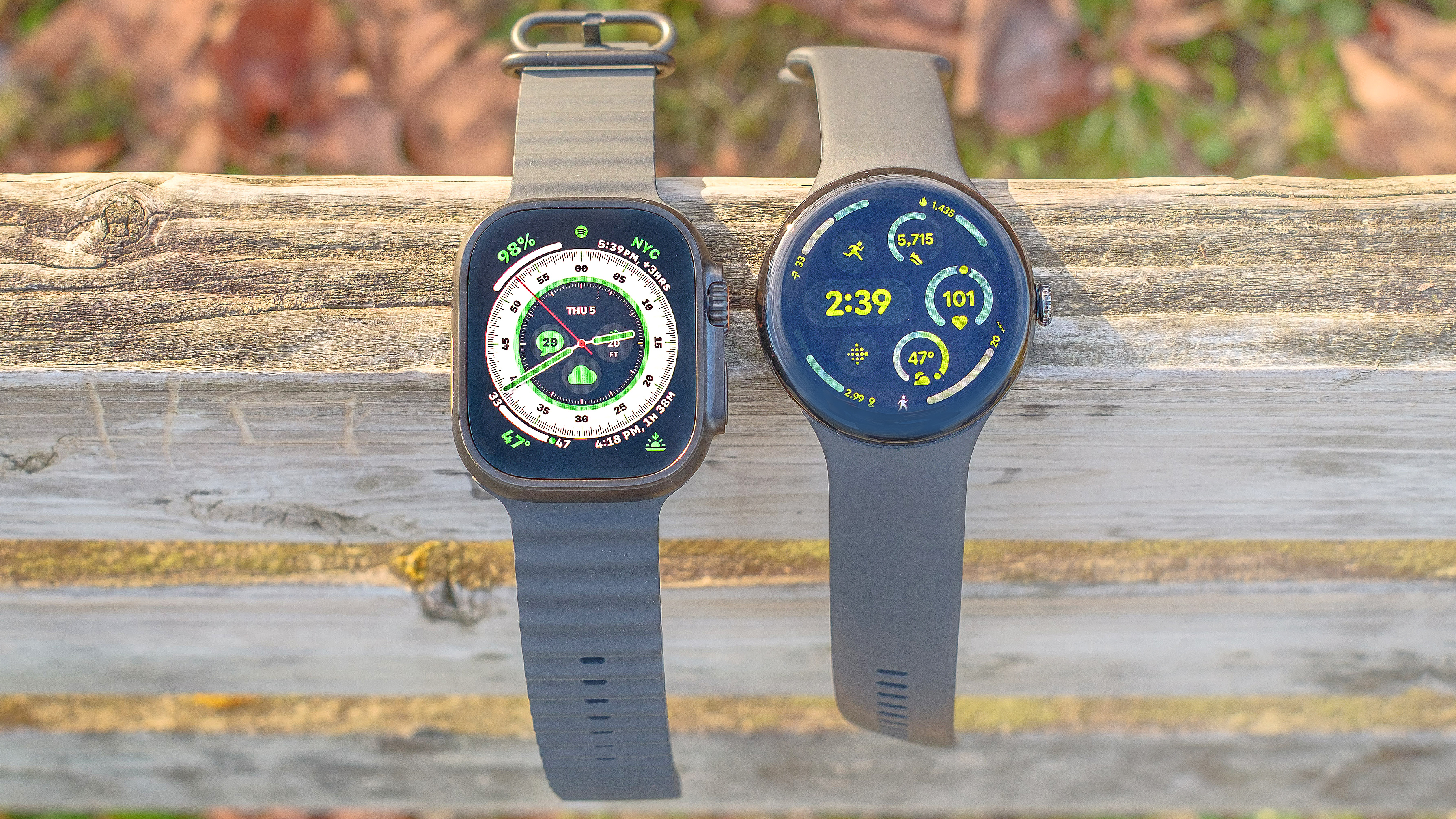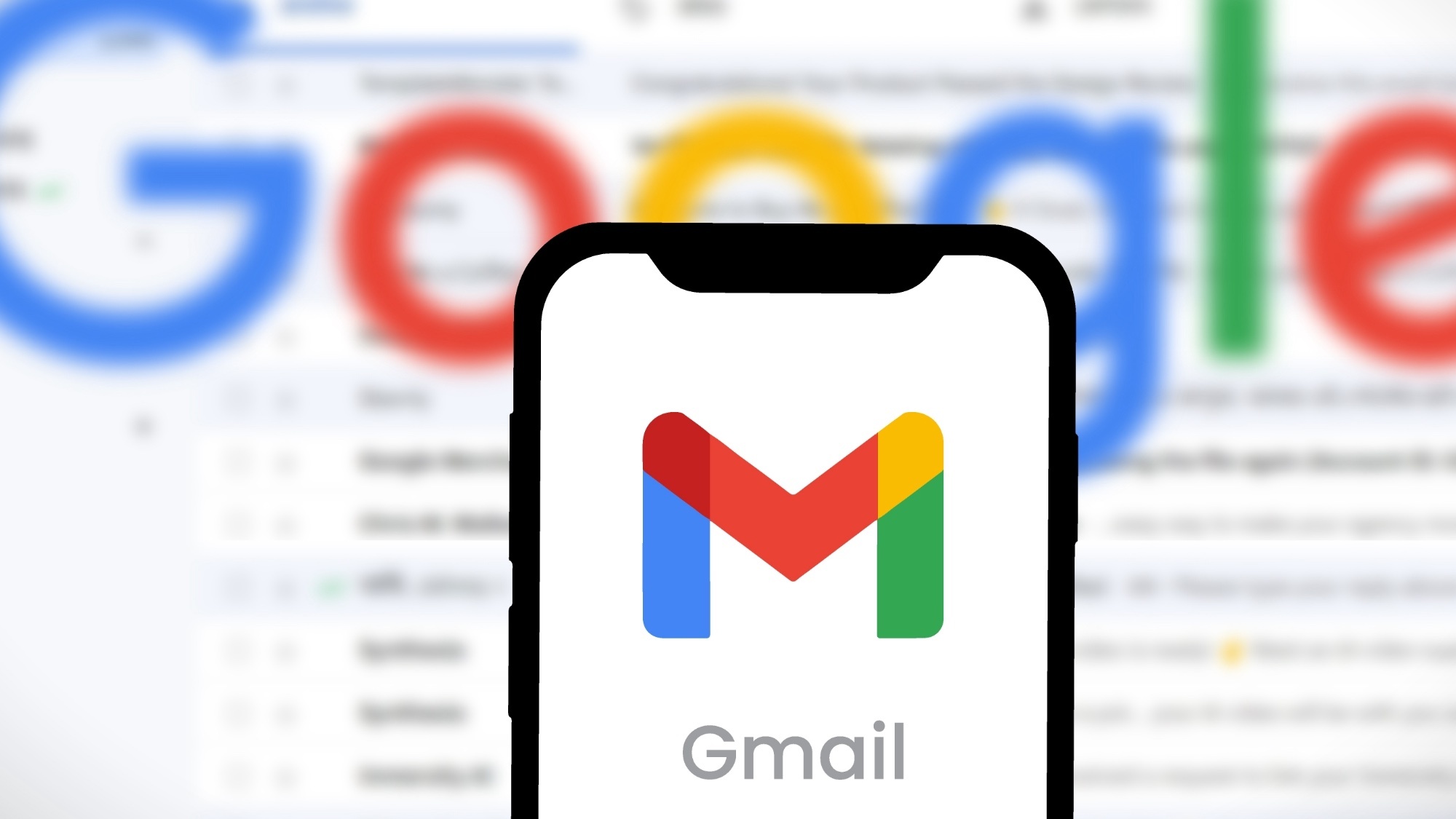I walked 5,500 steps with the Apple Watch Ultra 2 vs Pixel Watch 3 XL — here’s which one is more accurate
Two flagship smartwatches go toe-to-toe

It’s a battle of the top dogs. In one corner, we have the original rugged smartwatch and reigning battery life champion, the Apple Watch Ultra 2. In the other corner, we have the Android people’s champion, the Google Pixel Watch 3 XL.
Today’s contest is an assessment of workout tracking capabilities, with each watch embarking on a manually counted 5,500-step urban hike along Seattle’s Lake Washington. For this test, the Apple Watch was worn on the left wrist, and the Pixel Watch on the right wrist.
The objective? Step-count precision supremacy, with extra points awarded for accurate distance and elevation gain data.
Apple Watch Ultra 2 vs Google Pixel Watch 3: Specs and price

But first, how do these two flagship smartwatches compare? In terms of price, the Google Pixel Watch 3 in the larger 45mm case size starts at $399 for the Wi-Fi-only version and increases to $499 for optional LTE connectivity. Meanwhile, the Apple Watch Ultra 2 costs $799 with Wi-Fi and LTE. That’s a big price disparity. What does the extra cash for the Ultra 2 get you?
The Apple Watch Ultra 2 has double the water resistance of the Pixel Watch 3 XL — 100 meters versus 50 meters. The screen on the Ultra 2 is also larger and 1.5 times brighter than the Pixel Watch 3, making it a smidge easier to view at a glance in bright sunlight.
As for design, Apple’s premium wearable features a titanium case and a customizable action button, in addition to a digital crown and side button. By comparison, the Pixel Watch 3 has an aluminum case with a digital crown and side button, but no custom button. However, it’s lighter than the Ultra 2 and easier-wearing, in my opinion.
When it comes to tracking outdoor workouts, both devices are well-equipped to keep tabs on key metrics like heart rate, pace, distance, elevation and step count. Onboard GPS comes standard in either, so you can leave your phone at home. However, the Ultra 2 did pick up a GPS signal almost immediately when the test began, while the Pixel Watch 3 took a minute or more.
Sign up to get the BEST of Tom's Guide direct to your inbox.
Get instant access to breaking news, the hottest reviews, great deals and helpful tips.
With scattered clouds and clear mountain views, our head-to-head battle commenced. Read on to see how the results compare.
Apple Watch Ultra 2 vs Google Pixel Watch 3: Walk test results
| Header Cell - Column 0 | Apple Watch Ultra 2 | Google Pixel Watch 3 XL | Control |
|---|---|---|---|
| Step count | 5,593 steps | 5,666 steps | 5,500 steps (manual count) |
| Distance | 2.88 miles | 2.96 miles | 2.92 miles (Strava) |
| Elevation gain | 183 feet | 221 feet | 196 feet (Strava) |
| Average pace | 20 ins 57 secs per mile | 19 mins 57 secs per mile | 17 mins 52 secs per mile |
| Average heart rate | 115 bpm | 110 bpm | n/a |
| Max heart rate | 160 bpm | 134 bpm | n/a |
| Calories burned | 388 calories | 447 calories | n/a |
In addition to manually counting my steps — with some help from an old-school clicky tally counter to note every 100 paces — I ran Strava on my phone as a control for elevation and distance data, as noted in the table above.
Starting with step count data, the Apple Watch Ultra 2 was off by 93 steps compared to the Pixel Watch 3 XL, which was off by 166 steps. For what it's worth, Strava counted my journey at 5,594 steps, just one step more than Apple.
Both devices were within 0.04 miles of Strava's distance calculation with the Apple Watch under and the Pixel Watch over. For elevation data, the Ultra 2 measured my climb as 13 feet less than Strava, which tends to be pretty on the money for this metric, in my experience. The Pixel Watch 3, meanwhile was over by 25 feet.

The Apple Watch measured my pace per mile as a minute slower than the Pixel Watch, while Strava measured it as nearly 2 minutes faster than the Google wearable.
As noted in prior tests, this is likely because Strava is programmed to auto-pause tracking during even brief stoppages in movement. For example, if I pause and wait to cross a street for 25 seconds, the Pixel Watch and Apple Watch penalize me pace-wise, while Strava doesn't.
The Apple Watch measured a more elevated heart rate than the Pixel Watch both in terms of average and maximum beats per minute. It's difficult to say for sure which smartwatch is more precise here, but, I suspect the discrepancy may have something to do with which wrist the watches were worn on. Either way, a chest-mounted heart rate monitor may help clear things up for future tests.
Finally, Google said I burned more calories throughout my one-hour walk, despite my less elevated heart rate. However, I always take this metric with a hefty grain of salt.
Apple Watch Ultra 2 vs Google Pixel Watch 3: Winner
The Apple Watch Ultra 2 wins this walk test against the Google Pixel Watch 3 XL by a comfortable margin. That said, both devices proved accurate and if you're not looking to split hairs, their results are largely a match, minus heart rate and elevation data.
Notably, the last time I tested the Pixel Watch 3 against an Apple Watch — the Series 10 in this case — the Google watch also seemingly overcounted my total elevation gain while recording a lower average and max heart rate for my workout.
For that test, the Pixel Watch was also on my right wrist like it was here. So, the next time I do a head-to-head between these two brands, I'll be sure to swap the Google wearable to my left wrist; stay tuned for a Pixel Watch 3 vs Apple Watch SE walk test soon.
More from Tom's Guide

Dan Bracaglia is the Tom’s Guide editorial lead for all things smartwatches, fitness trackers and outdoor gear. With 15 years of experience as a consumer technology journalist testing everything from Oura Rings to instant cameras, Dan is deeply passionate about helping readers save money and make informed purchasing decisions. In the past year alone, Dan has assessed major product releases from the likes of Apple, Garmin, Google, Samsung, Polar and many others.
An avid outdoor adventurer, Dan is based in the U.S. Pacific Northwest where he takes advantage of the beautiful surroundings every chance he gets. A lover of kayaking, hiking, swimming, biking, snowboarding and exploring, he also makes every effort to combine his day job with his passions. When not assessing the sleep tracking and heart rate accuracy of the latest tach gadgets, you can find him photographing Seattle’s vibrant underground music community.
